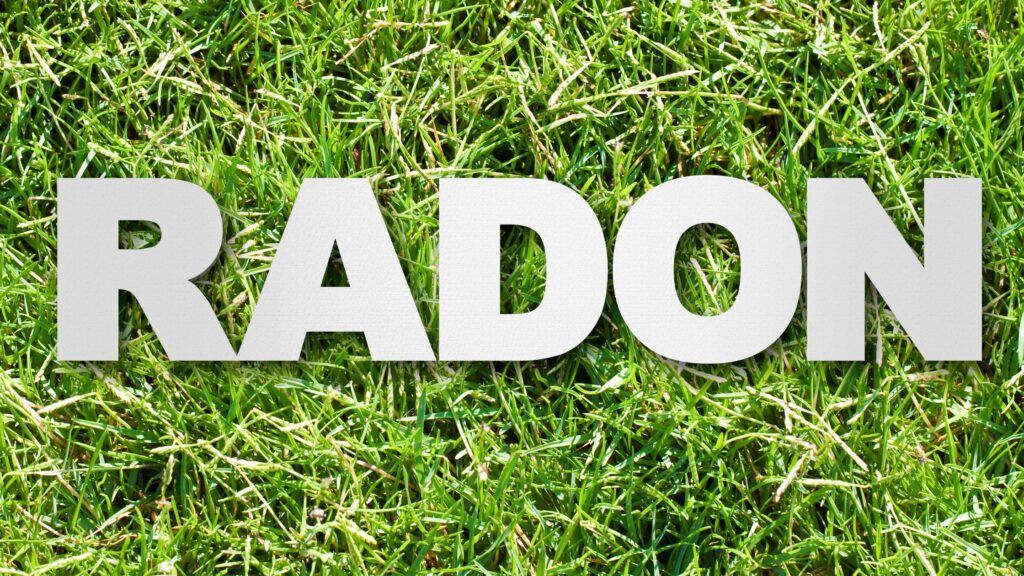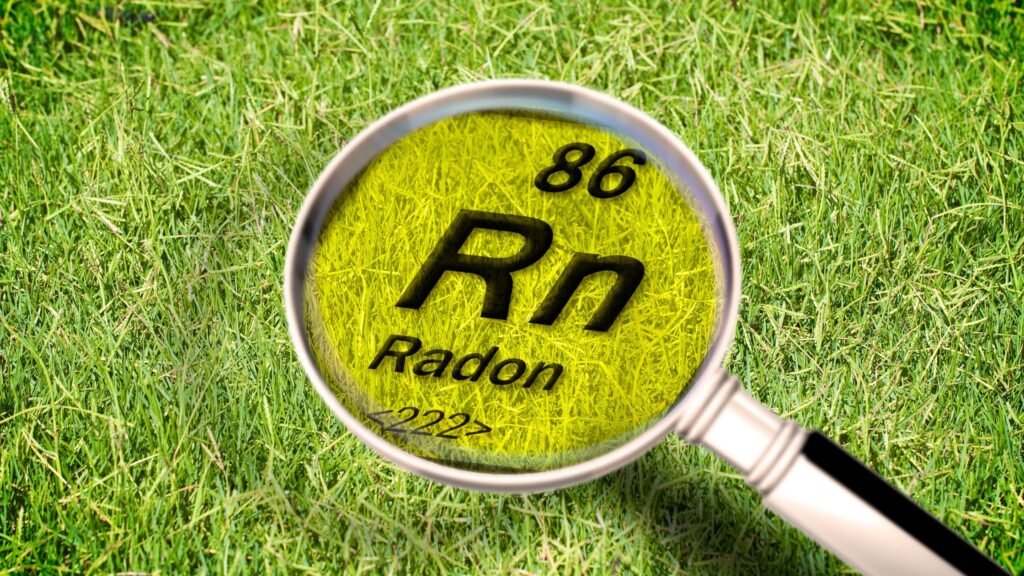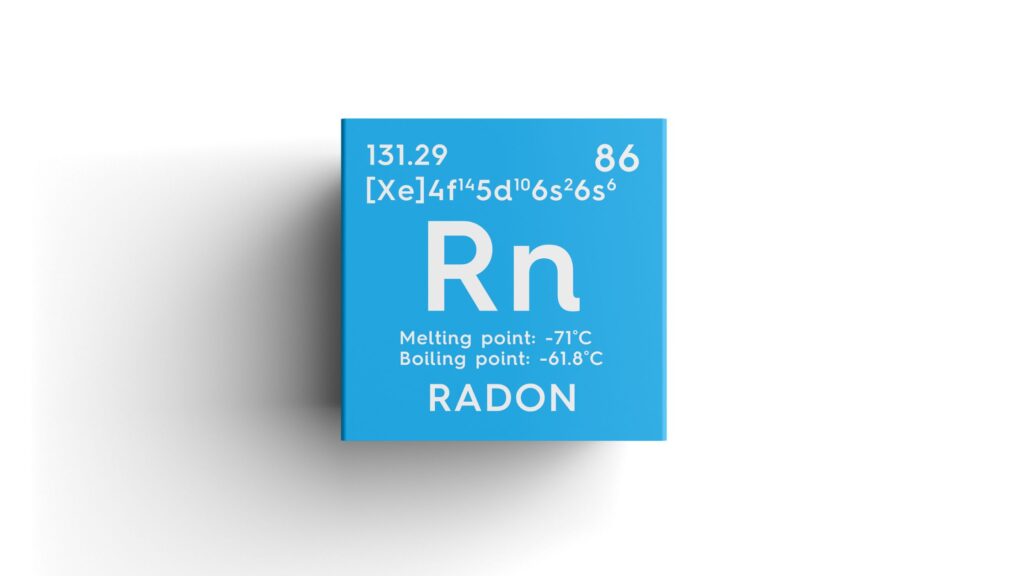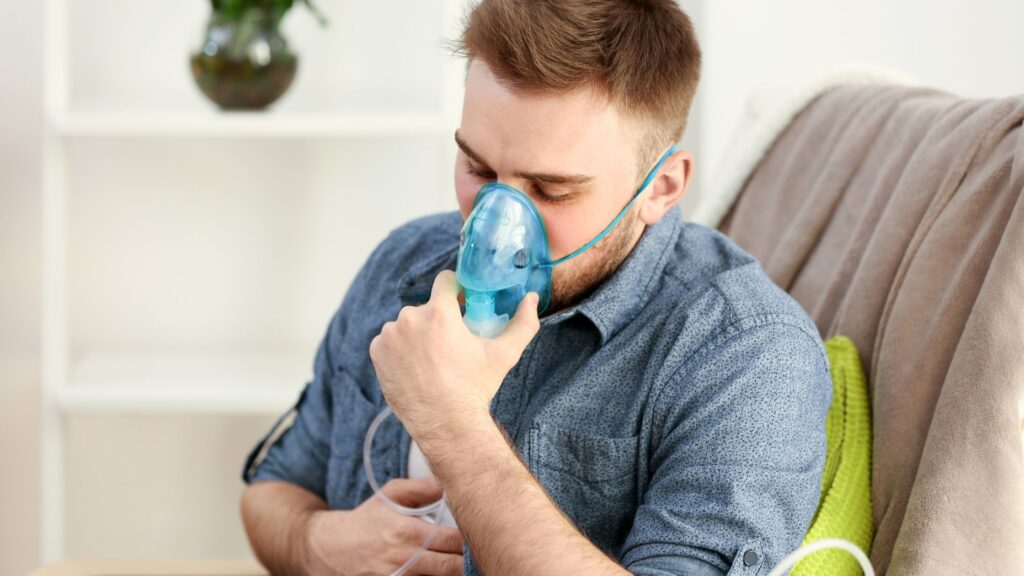Radon is a naturally occurring radioactive gas that poses a significant health risk when present in high concentrations in the home. The Environmental Protection Agency has established a recommended action level of 4.0 picocuries per liter for radon. However, when your home tests at 8 pCi/L, the risks increase dramatically. In this article, we’ll explore what an 8 radon level means, the associated health risks, and the steps you need to take to protect your home and loved ones.

What is Radon and How is it Measured?
Radon is a colorless, odorless, and tasteless gas that is produced by the decay of uranium and thorium in soil and rock. It enters buildings through cracks in foundations, gaps in floors and walls, or through water supply systems. Once inside a building, radon accumulates and can reach dangerous levels, especially in poorly ventilated areas like basements.
Radon is measured in picocuries per liter pCi/L, which indicates how much radioactive decay happens in one liter of air every second. To measure it, homeowners or professionals use radon test kits or electronic monitors placed in the lowest livable area of the home for a set period, usually 2–7 days for short-term tests or 90 days or longer for long-term tests. These devices collect data on radon levels over time, and a lab or built-in sensor analyzes the results to calculate an average radon concentration. Learn more about Acceptable Radon Levels.
Health Risks of an 8 Radon Level
Even though you can’t see or smell it, an 8 pCi/L radon level is a serious indoor air threat. At this level, every hour you spend inside slowly adds to your lifetime radiation dose and long-term health risk.
1. Lung Cancer
Lung cancer is the most serious health risk linked to high radon levels. At an 8 pCi/L radon level, the lifetime chance of developing lung cancer increases sharply, especially with long-term exposure. Because symptoms appear late, many people only realize the damage after serious illness develops.
2. Vulnerability of Children
Children are more vulnerable to radon because they breathe faster and their lungs are still developing. Living for years in a home with 8 pCi/L radon can significantly raise their lifetime risk of lung problems and lung cancer. For families with kids, reducing radon becomes an urgent safety priority.
3. Other Respiratory and Health Effects
High radon levels can worsen existing respiratory issues, especially for people with asthma, bronchitis, or weak lungs. The radioactive particles from radon irritate and damage lung tissue over time. This ongoing stress reduces overall lung resilience and can make breathing problems more frequent and severe.
4. Higher Risk for Smokers and Former Smokers
At 8 pCi/L, smokers and former smokers face a much higher lung cancer risk than non-smokers. Radon and tobacco smoke work together, multiplying the damage to lung cells rather than just adding to it. Even after quitting, lowering radon levels still helps reduce future cancer risk.
5. Silent Long-Term Exposure Risk
One of the greatest dangers of an 8 pCi/L radon level is that it gives no warning signs. Radon has no smell, color, or taste, so families can breathe contaminated air for years without noticing anything unusual. Without testing and mitigation, harmful exposure can quietly continue for decades.
An 8 pCi/L radon level is not just a number; it represents a clear, preventable health hazard for everyone in the home.

What Should You Do If Your Home Tests at 8 pCi/L?
If your home has tested at an 8 radon level, it is crucial to take immediate action. Here’s what you need to do:
a) Confirm the Results: Do a second radon test in the same area and time frame to confirm that the 8 pCi/L reading is accurate.
b) Hire a Certified Radon Mitigation Professional: Contact a certified radon specialist to inspect your home and recommend the safest, most effective mitigation approach for your layout.
c) Install a Radon Mitigation System: Have the professional install a mitigation system, typically sub-slab depressurization, and seal obvious entry points to reduce radon levels.
d) Retest After Mitigation: After the system is running, perform another radon test to ensure levels are below 4.0 pCi/L and note the new result.
e) Maintain and Monitor the System: Check the fan and warning indicators regularly, and schedule periodic radon tests to confirm the system continues to protect your home.
Conclusion
An 8 radon level is a serious health concern that requires immediate attention. Radon exposure increases the risk of lung cancer, particularly for smokers and children. By confirming your results, hiring a certified radon mitigation expert, and installing a radon mitigation system, you can significantly reduce radon levels in your home and protect your family. At DSM Radon, we provide professional radon testing and mitigation services to ensure the safety and health of your home. Contact us today for a consultation, and take the necessary steps toward a safer, healthier living environment.
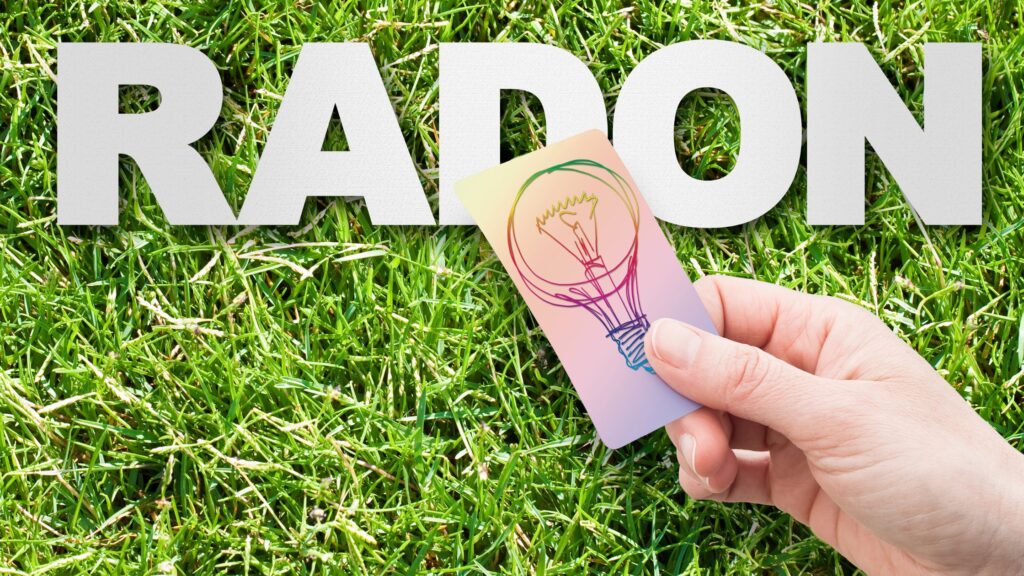
FAQs
1. What is a dangerous radon level?
The EPA considers radon levels of 4.0 pCi/L and above to be dangerous. 8 pCi/L radon levels significantly increase the health risks, particularly lung cancer.
2. How do I test my home for radon?
You can use short-term or long-term radon test kits available at hardware stores or hire a professional to conduct the test for you.
3. Can I fix high radon levels myself?
While you can seal cracks in your home, radon mitigation requires professional installation of a mitigation system. 8 pCi/L radon levels require specialized equipment and expertise for effective mitigation.
4. How often should I test for radon?
It is recommended to test for radon every two years. After mitigating high radon levels, regular retesting ensures that your home remains safe.

